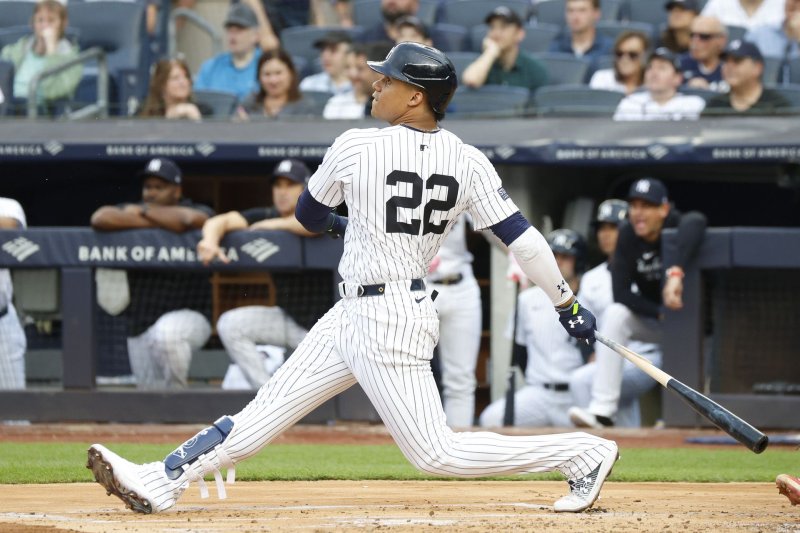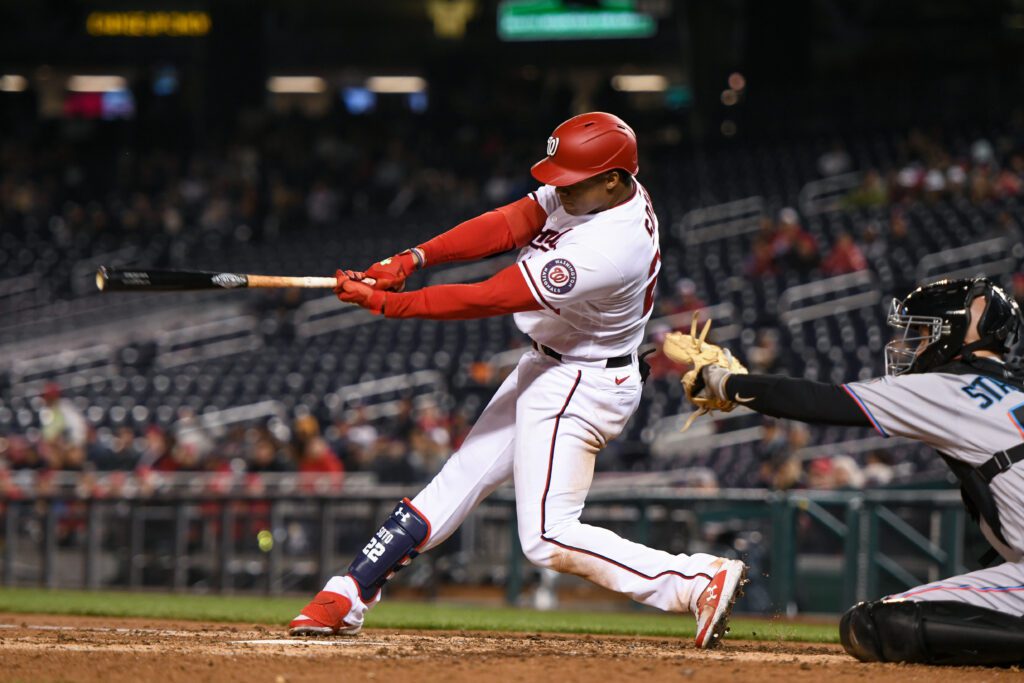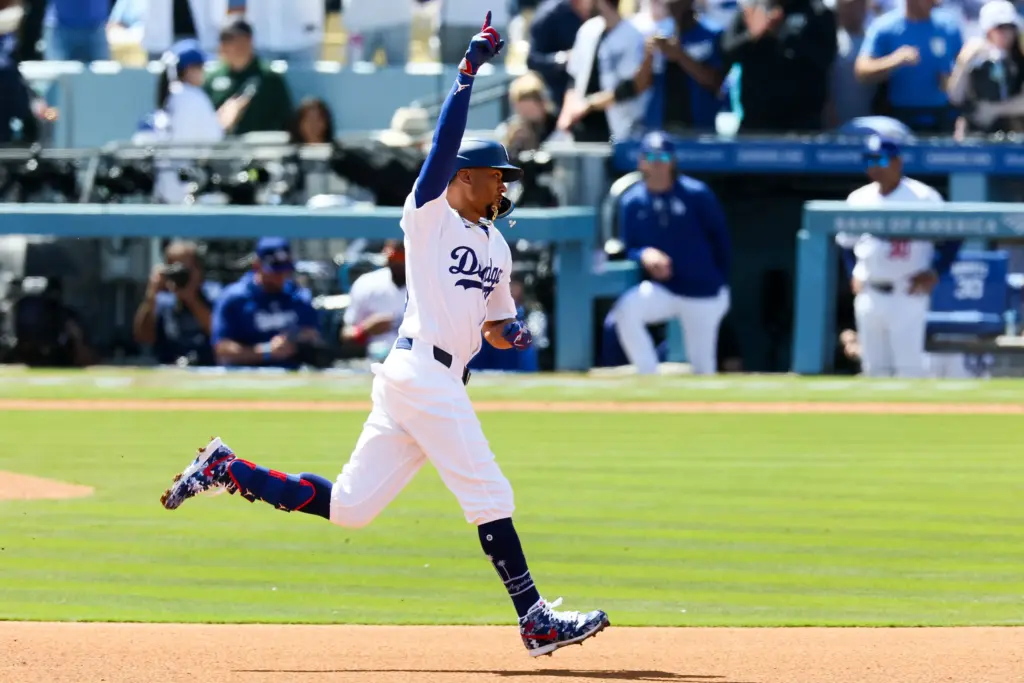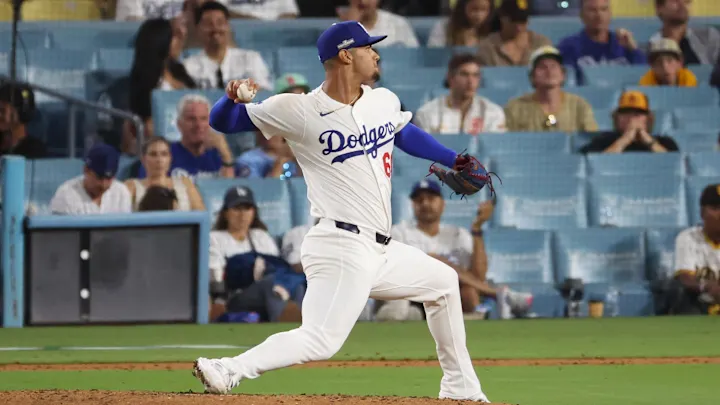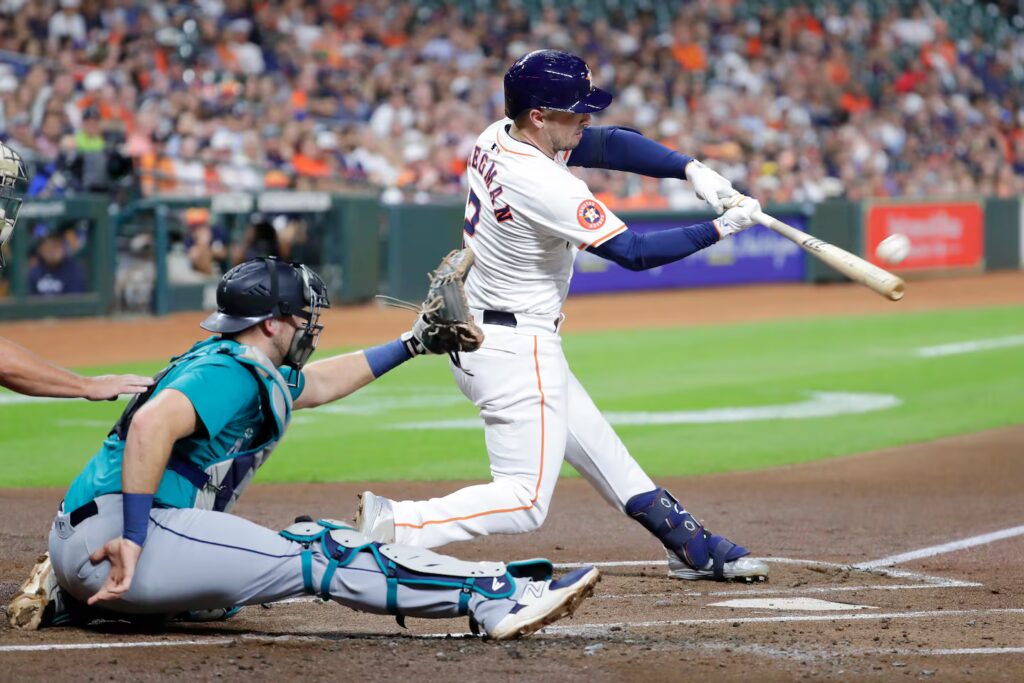Baseball has always been a game of numbers. From batting averages to slugging percentages, fans and analysts alike have used statistics to understand performance on the diamond. But one stat has captured attention more than most in recent years: OPS in baseball. While its rise to prominence was swift during the sabermetrics revolution, many now wonder—is OPS in baseball still a relevant measure in 2025?
Let’s break it down, revisit its origins, understand how it functions, and examine whether it remains a gold standard or if newer metrics have surpassed it.
Defining OPS in Baseball
The Evolution and Popularity of OPS
OPS wasn’t originally a mainstream stat. For decades, traditional baseball minds favored batting average, RBIs, and home runs to evaluate players. But in the late 1990s and early 2000s, as sabermetrics grew—most famously highlighted in the Moneyball era—OPS in baseball gained momentum.
Why? Because it captured two essential qualities in one number: the ability to avoid outs and the ability to drive the ball.
By the 2010s, OPS became a go-to stat for general managers, fans, and even broadcasters. It began appearing on TV broadcasts, player cards, and fantasy league scoring systems. It simplified complex value assessments into one cohesive metric.
What Is a “Good” OPS in Baseball?
To understand if a player’s OPS in baseball is good or not, let’s look at general benchmarks:
- .900 and above: Elite hitter (think MVP candidates)
- .800–.899: Very good
- .750–.799: Above average
- .700–.749: Average
- Below .700: Below average
- Below .600: Struggling or defense-first players
Of course, these numbers are relative. An OPS of .750 might be solid for a shortstop but underwhelming for a first baseman. Context always matters.
OPS and Its Critics
Despite its utility, OPS in baseball isn’t without criticism. In 2025, the stat is seen by some analysts as too blunt, especially when compared to newer, more nuanced metrics.
The Main Gripes:
- Unequal Weighting: OBP is generally more important to run scoring than SLG, but OPS gives them equal weight.
- Doesn’t Adjust for Ballparks: Some parks (like Coors Field) inflate offensive stats, while others suppress them. OPS doesn’t correct for that.
- No Situational Awareness: OPS doesn’t tell you how a player performs in clutch moments or against certain types of pitchers.
Despite these limitations, OPS in baseball still offers one of the cleanest overviews of offensive production. But is it enough in a world of statcast and machine learning?
How OPS in Baseball Compares to Advanced Stats in 2025
In today’s analytics-heavy environment, OPS in baseball now shares the spotlight with newer metrics like:
- wOBA (Weighted On-Base Average) – A refined version of OPS that gives proper weight to different types of hits and events.
- wRC+ (Weighted Runs Created Plus) – Adjusts for ballparks and league average to show how many runs a player generates.
- xOPS and Expected Stats – Stats based on quality of contact (exit velocity, launch angle) rather than outcomes.
These stats go deeper and can offer better predictability. However, they’re not as fan-friendly or easily accessible as OPS. OPS remains on leaderboards, in broadcast graphics, and on trading cards—its simplicity is its strength.
OPS in Baseball in the 2025 Season
So far in 2025, OPS in baseball is holding strong as a foundational metric. While analysts use more advanced tools behind the scenes, OPS remains a standard for evaluating both stars and rookies.
Current league averages in 2025:
- League-average OPS: ~.724
- Top hitters (e.g., Juan Soto, Ronald Acuña Jr.): .950+
- Rookie standouts: .800–.850 range
OPS still helps sort players quickly. When fans ask, “Who’s having a good year?”, OPS in baseball is usually the first stat they see.
OPS Across Positions and Roles
Different positions carry different offensive expectations. A catcher with a .750 OPS might be All-Star-worthy, while a corner outfielder with the same number might be replaceable.
Here’s how OPS in baseball typically shakes out across positions:
- Corner Outfielders / 1B / DH: Need .850+ to stand out
- Shortstops / Second Basemen: .750–.800 is excellent
- Catchers: Anything over .700 is good
- Pitchers: Well… now with the universal DH, they rarely hit
OPS can also reflect platoon effectiveness. A player might have a high OPS against lefties but a poor one versus right-handers—helpful for lineup decisions and matchups.
OPS vs. Batting Average: A 2025 Perspective
Batting average still holds nostalgic weight, but it lacks the depth OPS in baseball provides. In 2025, very few front offices make decisions based on average alone.
A player hitting .280 with a .710 OPS isn’t nearly as valuable as one hitting .250 with a .900 OPS. Why? Because walks and power matter—and OPS captures both.
The modern game prizes on-base skills and power more than singles and slap hits. In that sense, OPS continues to reflect what teams truly value.
OPS and the Shift Ban Era
With the continued effects of MLB’s defensive shift limitations, OPS has taken on new relevance. Players who were once victimized by deep shifts are now seeing boosts in their slugging and on-base numbers. Ground-ball hitters with previously mediocre OPS figures have rebounded.
This has created a slight OPS inflation, but it also emphasizes how OPS reflects real on-field changes. It’s responsive to trends in a way that older stats like RBI or batting average can’t match.
Fantasy Baseball and OPS in 2025
For fantasy managers, OPS in baseball has become a core scoring category. Many leagues have replaced batting average entirely with OPS due to its more accurate reflection of player value.
OPS-friendly players are those who:
- Draw walks regularly
- Hit for extra bases
- Have consistent contact rates
Players like Kyle Schwarber (tons of walks, homers, and strikeouts) are more valuable in OPS leagues than average-based ones.
Is OPS in Baseball Still Useful in 2025?
Yes—and no. It depends on your perspective.
- For casual fans, broadcasters, fantasy leagues, and headline stats, OPS remains one of the best single-number indicators of offensive prowess.
- It’s often just a starting point for front offices and analysts, replaced by more complex metrics when precision matters.
But don’t mistake “simple” for “obsolete.” In a world drowning in data, sometimes simplicity is what resonates most. OPS in baseball continues to serve that purpose—it gives context without confusion.
The Future of OPS in Baseball
In 2025, OPS remains relevant, reliable, and widely used. It may not have the nuance of xwOBA or the predictive power of wRC+, but it offers something they don’t: accessibility and trust.
For the average fan looking to understand a player’s value, or the broadcaster summing up a mid-season MVP race, OPS in baseball delivers a clear answer.
In an age where baseball embraces tradition and technology, OPS acts as the perfect bridge, rooted in sabermetrics yet easy to grasp. It may not be the crown jewel of analytics anymore, but it still wears a crown of usefulness.

